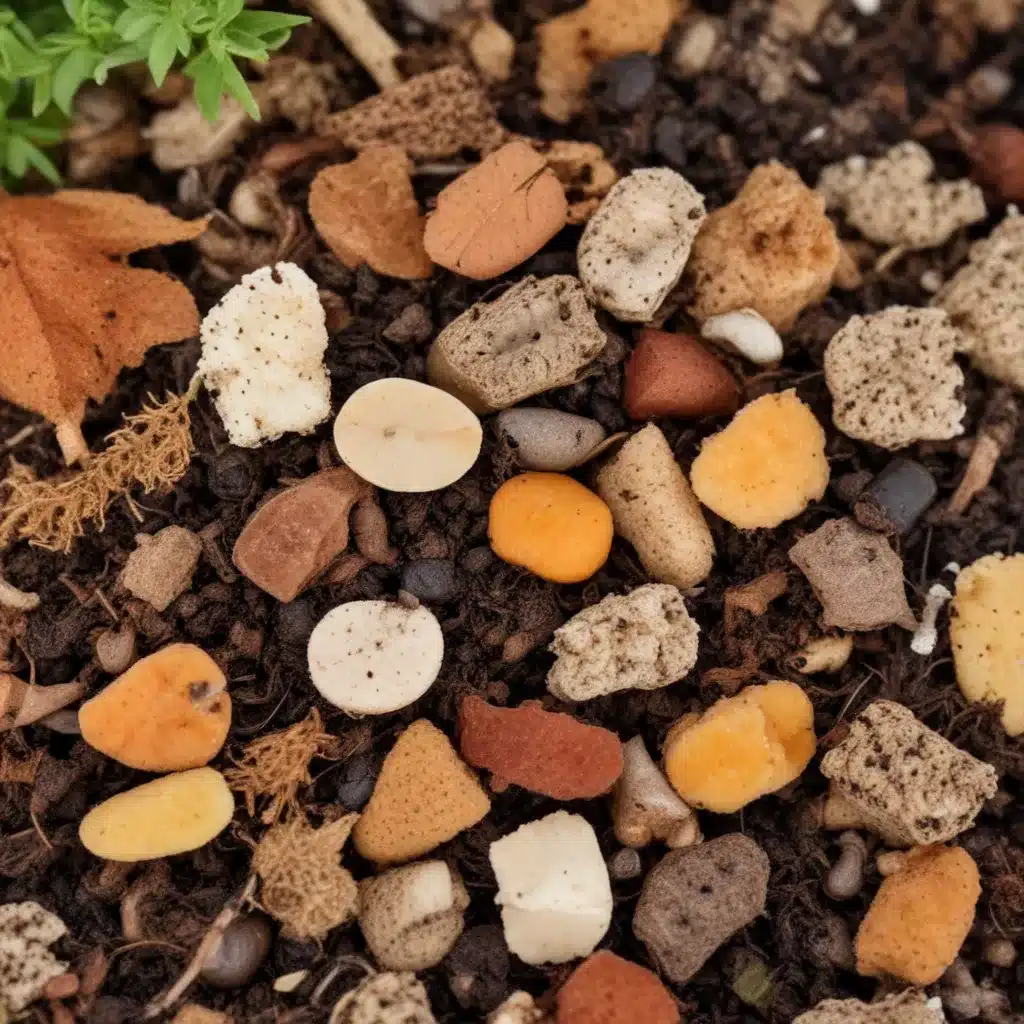
Kids’ Corner: Composting Critters – Discovering the Soil Microbiome
Have you ever dug your hands into a pile of rich, dark compost and wondered what kind of tiny creatures are living in there? Welcome to the fascinating world of the soil microbiome – the vast and diverse community of microorganisms that make up the living, breathing heart of the earth.
Soil Microbiome: Exploring the Invisible World
Understanding the Soil Ecosystem
Soil is not just a lifeless substrate for plants to grow in; it is a complex and dynamic ecosystem teeming with life. From microscopic bacteria and fungi to wriggling worms and busy insects, the soil is home to an incredible array of organisms that all play crucial roles in sustaining the health and fertility of the land.
Microorganisms in the Compost Pile
Compost piles are especially rich in these soil-dwelling creatures. As organic matter decomposes, a whole community of decomposers – bacteria, fungi, and small invertebrates – work tirelessly to break it down, releasing valuable nutrients that can then be taken up by plants. These composting critters are the unsung heroes of the garden, transforming kitchen scraps and yard waste into nutrient-dense humus that will enrich your soil.
Decomposition and Nutrient Cycling
The process of decomposition is at the heart of the soil microbiome’s importance. Through their tireless work, these tiny creatures unlock the essential nutrients trapped in dead plants and animals, cycling them back into the soil so they can be used again by growing plants. This nutrient cycling is what keeps ecosystems thriving and productive, year after year.
Composting Critters: Unraveling the Mystery
Identifying Compost Inhabitants
If you take a close look at your compost pile, you might spot some familiar faces – maybe a wiggling earthworm or a group of pill bugs scurrying about. But the real action is happening at the microscopic level, where bacteria, fungi, and a host of other microorganisms are busy breaking down the organic matter.
Roles of Composting Organisms
Each of these composting critters has a specific role to play. Bacteria and fungi are the primary decomposers, secreting enzymes that break down complex organic compounds. Springtails, mites, and other small invertebrates then feed on the decomposing matter, further breaking it down. Larger organisms like earthworms and beetles mix and aerate the compost, creating the perfect environment for the whole community to thrive.
Maintaining a Healthy Compost Environment
To keep your compost pile humming with activity, it’s important to provide the right conditions for these diverse organisms to do their work. This means maintaining the right balance of carbon-rich (brown) and nitrogen-rich (green) materials, keeping the pile moist but not waterlogged, and providing plenty of air circulation.
Discovering the Diversity of Soil Life
Exploring the Soil Food Web
The soil microbiome is part of a larger soil food web, where different organisms interact and depend on each other. Bacteria and fungi are the foundation, providing food for protozoa, nematodes, and microarthropods, which in turn are eaten by larger predators like centipedes and spiders. This intricate web of interactions is what gives soil its incredible fertility and resilience.
Importance of Microbial Diversity
The more diverse the soil microbiome, the healthier and more productive the soil will be. A diverse community of microbes can better withstand environmental stresses, adapt to changing conditions, and perform a wider range of essential functions. Protecting and nurturing this microscopic world is crucial for the long-term sustainability of our farms and gardens.
Sustaining Soil Biodiversity
You can help support soil biodiversity in your own backyard by practicing regenerative gardening techniques like composting, no-till cultivation, and cover cropping. These methods mimic natural ecosystems, providing the varied habitats and food sources that soil organisms need to thrive.
Composting for Kids: A Hands-On Approach
Benefits of Composting at Home
Composting is a fantastic way to get kids engaged with the natural world and learn about the important role of soil organisms. Not only does it reduce household waste, but it also produces nutrient-rich compost that can be used to nourish your garden. Plus, it’s endlessly fascinating to observe the transformation of kitchen scraps into dark, crumbly humus.
Step-by-Step Composting Guide
Setting up a compost bin is a simple and rewarding project. Start by choosing a shady spot near your garden, then layer in a mix of carbon-rich (brown) materials, like dead leaves or shredded paper, and nitrogen-rich (green) materials, such as fruit and vegetable scraps. Keep the pile moist but not soaking wet, and turn it regularly to provide airflow. In a few months, you’ll have a batch of rich, dark compost ready to spread on your garden beds.
Engaging Children in the Process
Involve your kids in every step of the composting journey. Have them help with the initial setup, adding materials, and turning the pile. Encourage them to get up close and personal with the compost, observing the various critters at work and learning about their roles. You can even create a mini-ecosystem in a clear jar to see the decomposition process in action. By connecting children with the natural wonders of the soil, you’ll spark their curiosity and instill a lifelong appreciation for the importance of healthy, living soil.
The soil microbiome is a vast, interconnected world teeming with life, and composting is a fantastic way to explore it. So dig in, get your hands dirty, and discover the amazing composting critters that are the unsung heroes of your garden. For more farm-based learning, be sure to visit Crooked Pines Farm – where the soil is alive and the fun never ends!


